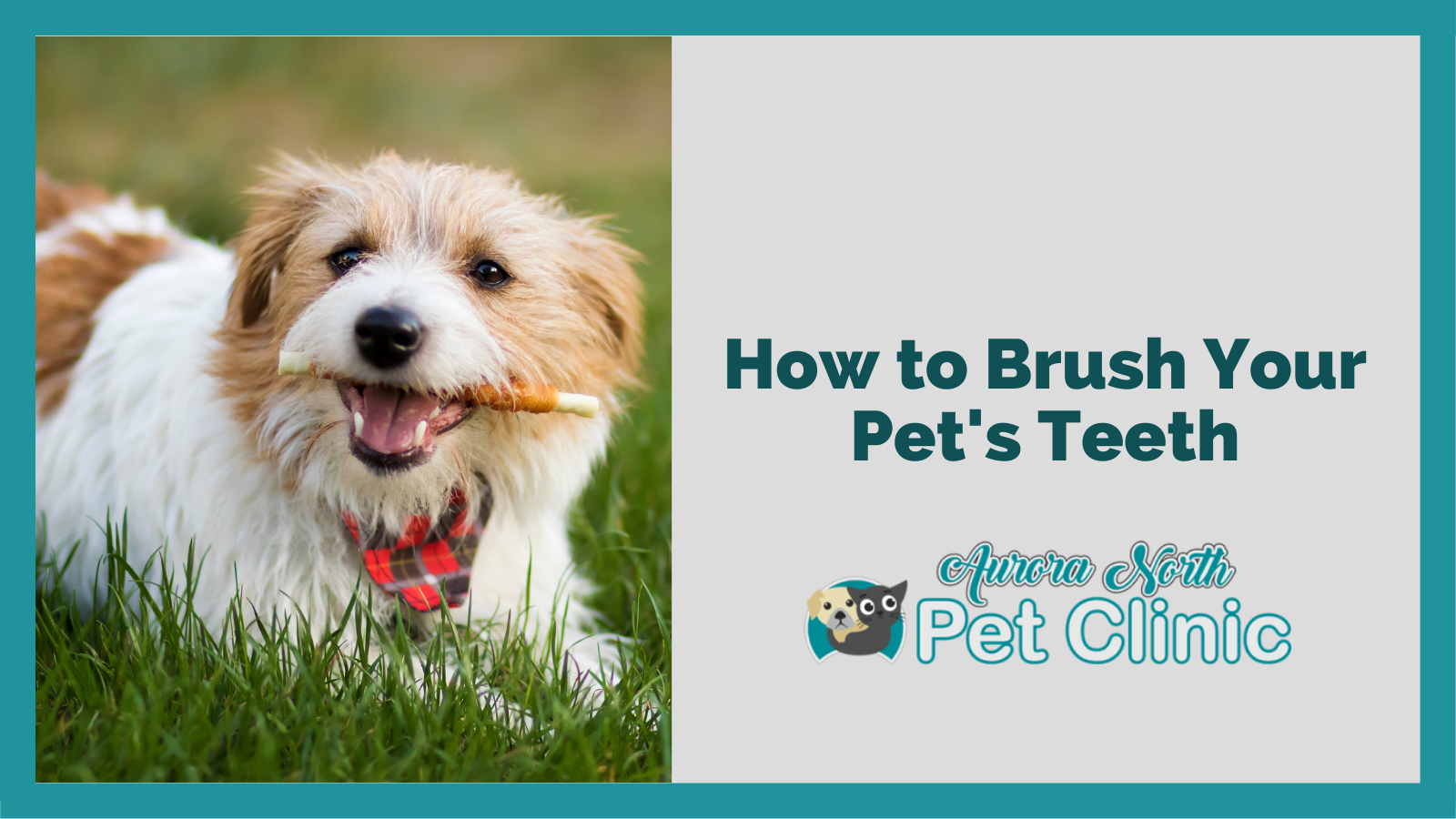
How to Brush Your Pet's Teeth
Most pet owners disregard it, but pet dental hygiene is just as crucial for your pet’s well-being as your dental hygiene is vital for your health. Animals will usually rely on resources they find in the wild to keep their teeth clean, but domesticated ones will need a bit of help from their owners for this.
Brushing your pet’s teeth doesn’t just help freshen up their breath; it helps avoid dental conditions like loose or abscessed teeth. It can also help prevent periodontal disease that can affect your pet’s heart, liver, and kidneys.
You will need to brush your pet’s teeth using a special pet toothbrush and pet toothpaste to reduce these health risks.
Differences Between Pet and Human Dental Equipment
There are certain differences in the toothpaste and toothbrushes for humans and pets. Pet toothbrushes have curved handles that help you reach all the teeth. Also, pet toothpaste is swallowable and should not contain fluoride, unlike human toothpaste.
The best toothpaste is flavoured so that your pet does not bother you too much during brushing. It should ideally contain enzymes that help with dissolving the plaque. Good pet toothpaste also should not contain sugar or any substitutes. Never use human toothpaste for your pet, as many contain Xylitol, an artificial sweetener that is toxic for animals.
How to Brush Your Pet’s Teeth
Start Slow
Your pet wouldn’t understand why dental hygiene is essential, so introducing them to brushing involves a lot of care and time. It would help if you tried to make the brushing process fun. Be sure to focus on the junction of the tooth and gum to get rid of plaque as much as possible before your pet starts getting antsy.
Don’t introduce a brush immediately, and don’t force the brushing on your pet either. First, you should get your pet comfortable with the idea of having their mouth handled. If they get too surprised, they may become angry!
Gain Your Pet’s Trust
It is a good idea to use your hands for the first few days to get your pet used to having their mouth touched. At this point, you can introduce them to the pet toothpaste. Put some toothpaste on a pet treat or your finger and let them lick it off. Do this for a few days so that your pet can get used to the taste.
Now, it’s time to introduce the toothbrush. You can put some toothpaste on your pet’s brush and put it in their mouth for a few seconds. You shouldn’t be brushing yet, but slowly increase the amount of time you keep the toothbrush in your pet’s mouth.
Start Brushing
Once they are comfortable with the toothpaste and toothbrush, you can start the brushing process. Be sure to start slow, so your furry friend doesn’t get startled. You can then gradually move upwards from the gum.
Focus on a few teeth at the start and gradually increase to cleaning several of them. Pets will generally not tolerate very long periods of brushing, so make sure to clean the upper and outer molars first since dental problems mostly start here.
Increase the brushing time gradually so that your pet doesn’t get frustrated, all while making sure that you’re cleaning their teeth well. Don’t be too rough because it can hurt their gums, and make sure to praise your pet for being good once you’re done!
Like humans, even if you brush your pet’s teeth regularly, it is a good idea to visit a pet dentist at least once a year to make sure their dental hygiene is in check.
Pet Dental Care in Aurora
If you live in Aurora and think you may need help with pet dental care, you can contact our veterinary clinic for an examination and professional advice.